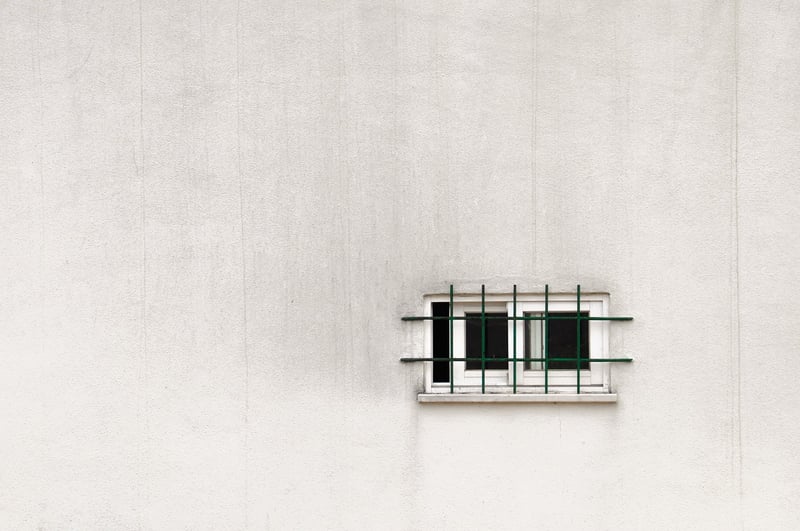Living walls
The Rise of Vertical Gardens and Living Walls
In recent years, vertical gardens and living walls have gained immense popularity as innovative and sustainable solutions for urban spaces, homes, and commercial buildings. These green installations not only add a touch of nature to our surroundings but also come with a myriad of benefits for the environment and our well-being.
What are Vertical Gardens and Living Walls?
Vertical gardens, also known as green walls or living walls, are vertical structures that support plant growth either indoors or outdoors. These walls can be freestanding or attached to existing walls, and they are designed to accommodate various plant species that thrive in a vertical environment.
The Benefits of Vertical Gardens and Living Walls
- Improved Air Quality: Plants help to purify the air by absorbing toxins and releasing oxygen, creating a healthier environment.
- No Space Constraints: Ideal for urban areas with limited space, vertical gardens allow for greenery in areas where traditional gardens may not be feasible.
- Enhanced Aesthetics: Vertical gardens add a visually appealing element to any space, providing a natural and calming ambiance.
- Temperature Regulation: Green walls can help regulate temperatures by providing insulation and reducing the urban heat island effect.
- Noise Reduction: Plants act as natural sound barriers, absorbing and deflecting noise pollution in busy urban settings.
Popular Plants for Vertical Gardens
When creating a vertical garden or living wall, it's essential to choose plants that can thrive in a vertical environment. Some popular plant choices include:
- Ferns
- Ivy
- Succulents
- Herbs
- Spider Plants
- Pothos
Get Inspired and Go Green!
Whether you're looking to enhance your living space, office, or outdoor area, vertical gardens and living walls offer a creative and sustainable solution. Embrace the green trend and bring nature closer to you with these innovative green installations!

Image Source: Pixabay
